Modern dog training should enhance the bond between you and your pet, not undermine it. Is your approach nurturing their development or crushing their spirit?
1. Debunking Dominance

Recent studies debunk the old theory of dominance in dogs, showing that aggressive training methods can lead to behavioural problems rather than obedience.
2. The Impact of Harsh Corrections
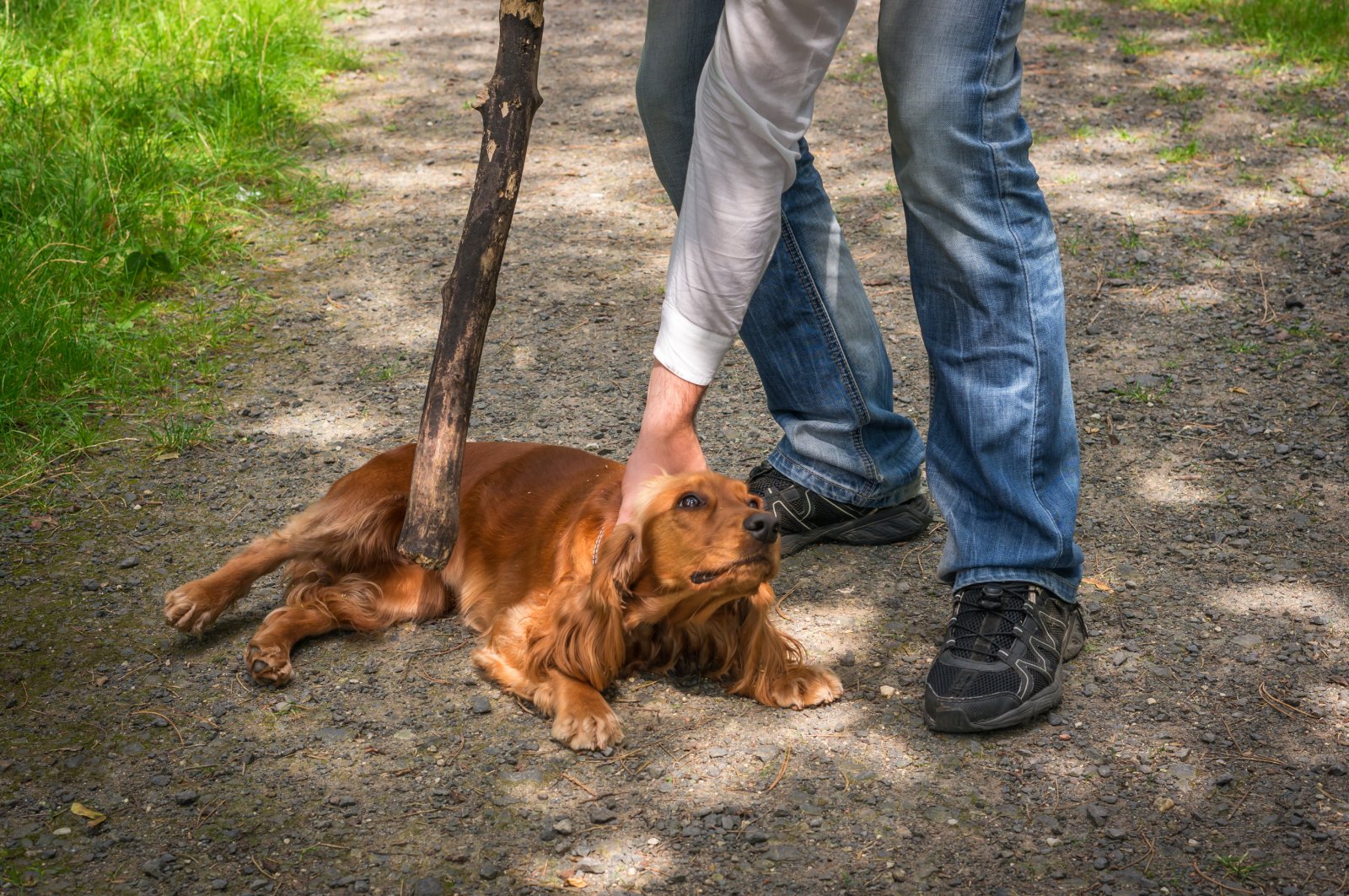
Research indicates that dogs trained with aggressive corrections can develop anxiety and mistrust. Training should build trust, not fear.
3. Psychological Effects of Excessive Crating

Extended crating is linked to increased anxiety and stress in dogs. Crates should be a safe space, not a confinement tool.
4. The Downside of Negative Reinforcement
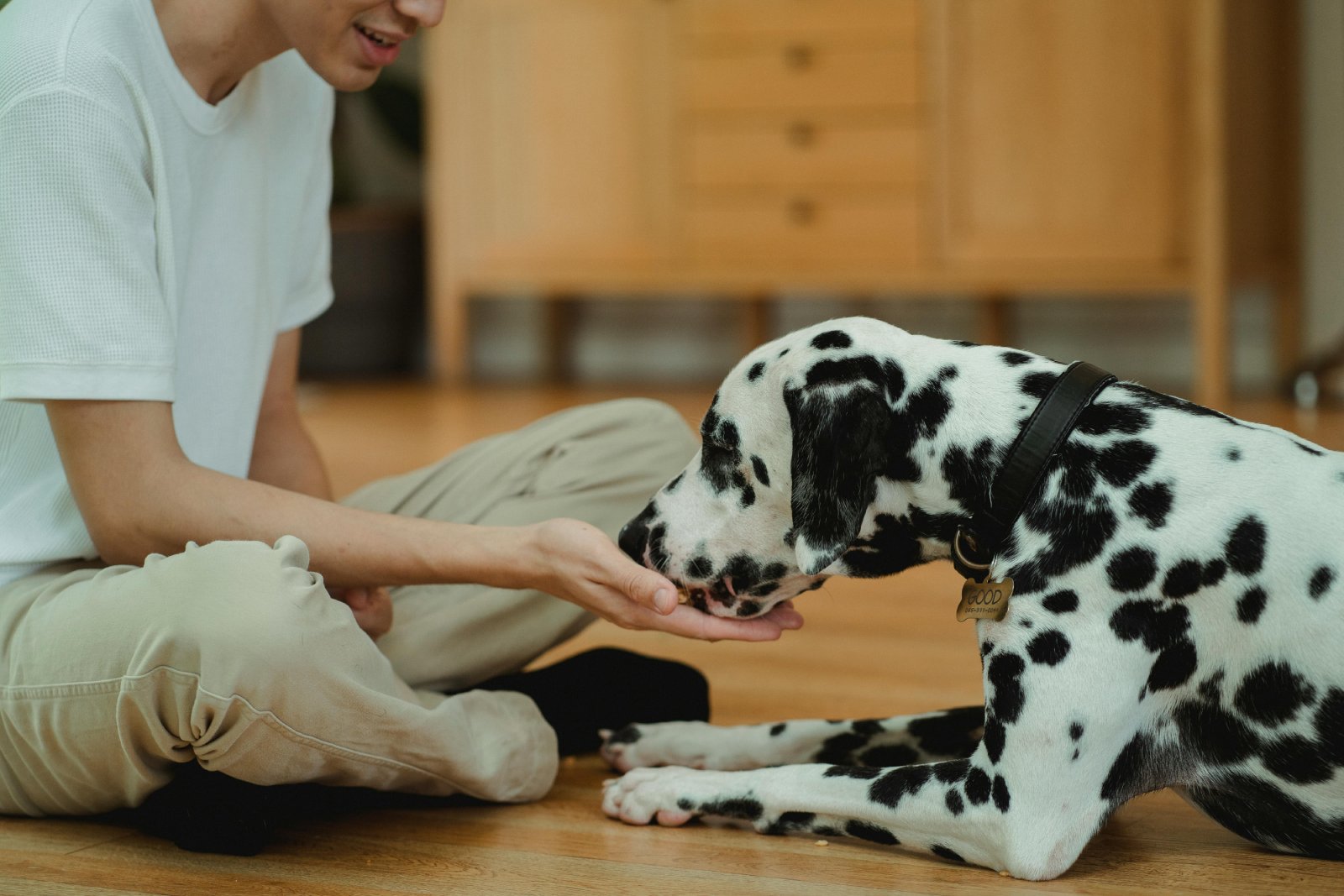
Studies show negative reinforcement can cause long-term emotional and behavioural issues. Positive reinforcement is more effective and humane.
5. Understanding Breed-Specific Needs

Ignoring breed-specific traits can frustrate both dog and owner. Each breed has unique needs that should be considered in their training and daily activities.
6. Consistency is Key
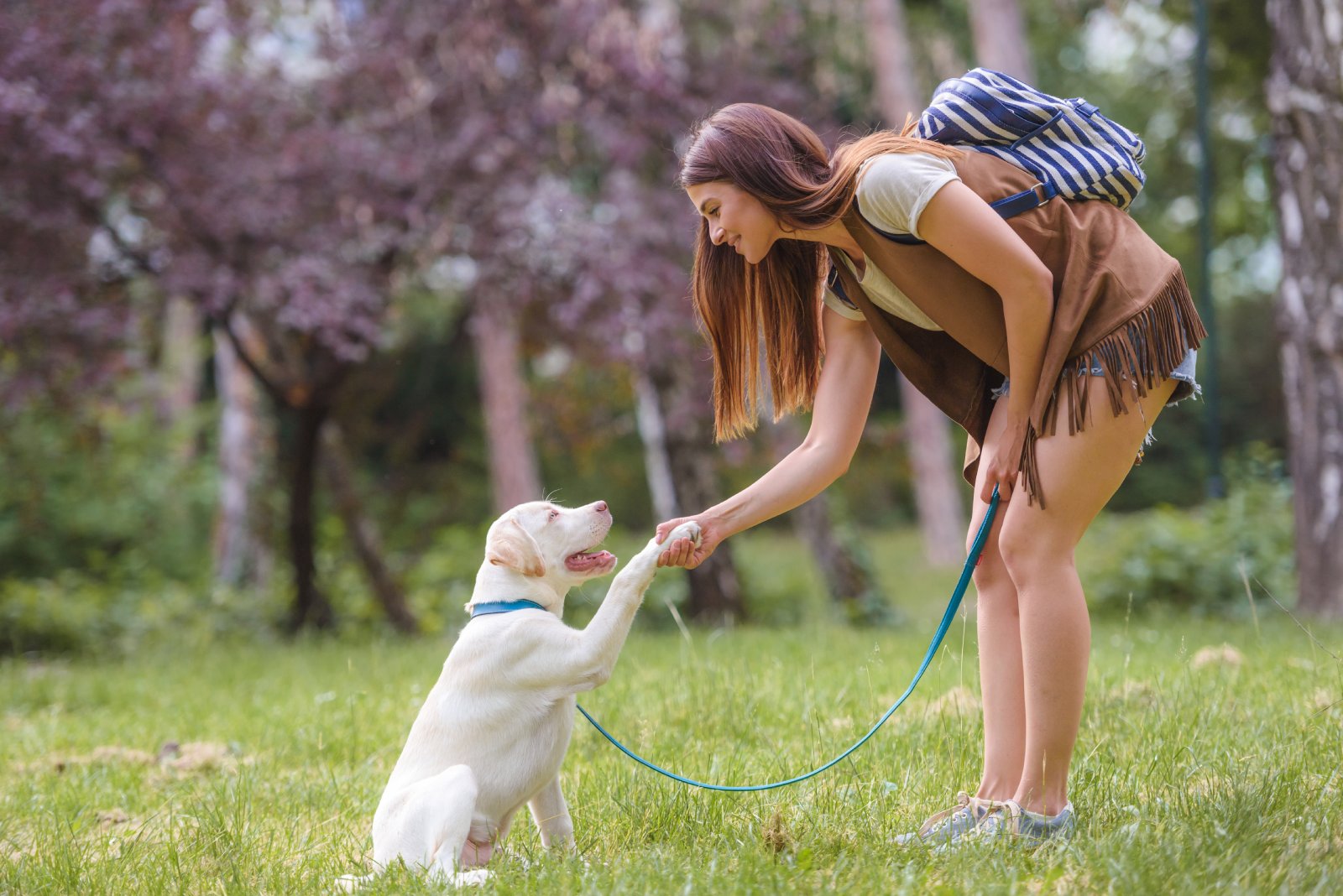
Inconsistency in training confuses dogs, leading to unreliable behaviour. Consistent rules help dogs understand and meet expectations.
7. Training Duration and Frequency

Over-training can lead to burnout. The Kennel Club recommends keeping training sessions short and engaging to maintain dogs’ interest and energy levels.
8. Misreading Dog Signals

Misinterpreting a dog’s anxiety as defiance can worsen behaviour. Understanding canine body language is crucial for effective communication.
9. The Necessity of Play
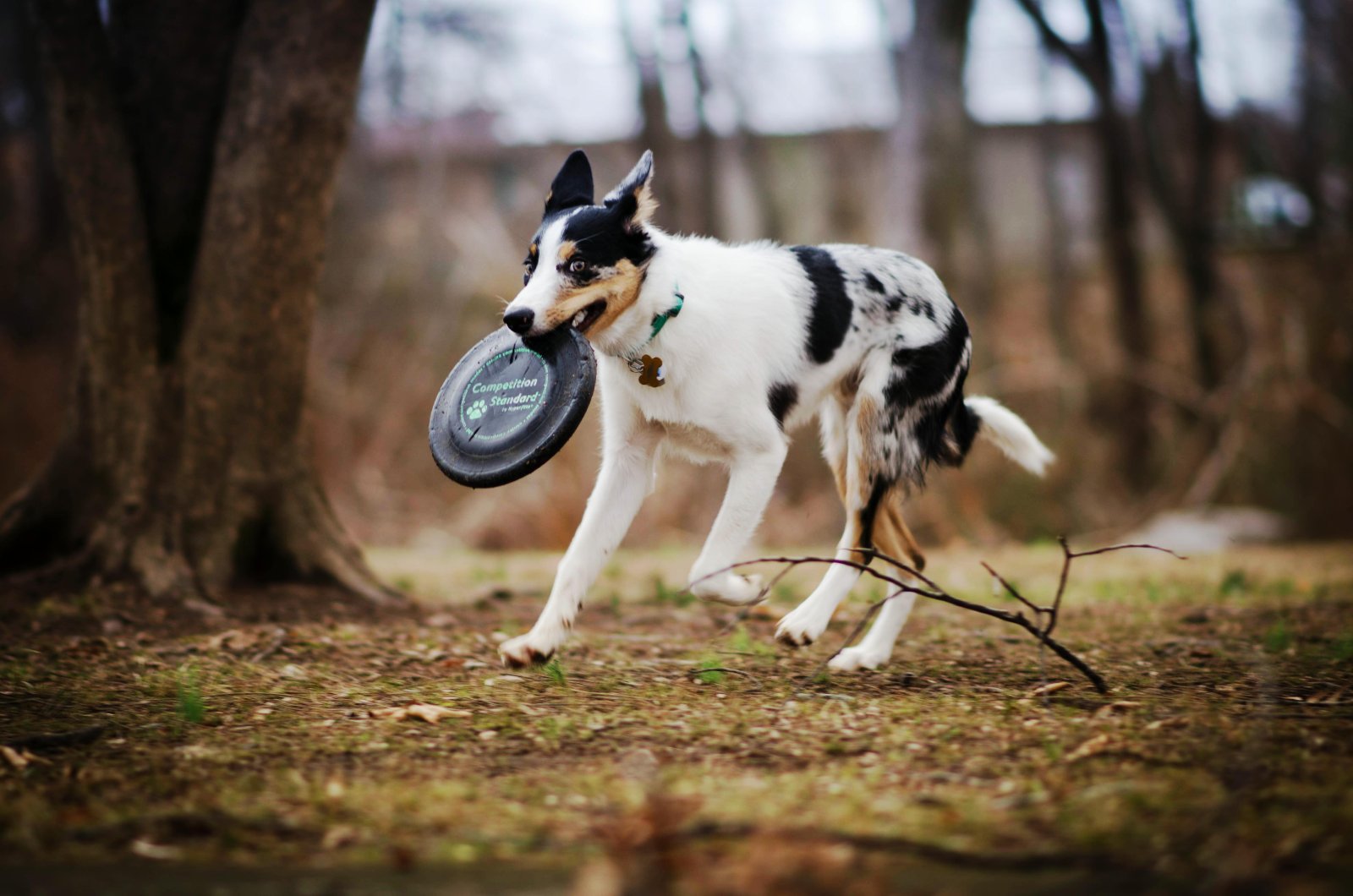
Play is essential for a dog’s mental and emotional health, with studies linking play with reduced stress and improved cognitive functioning.
10. Importance of Positive Reinforcement
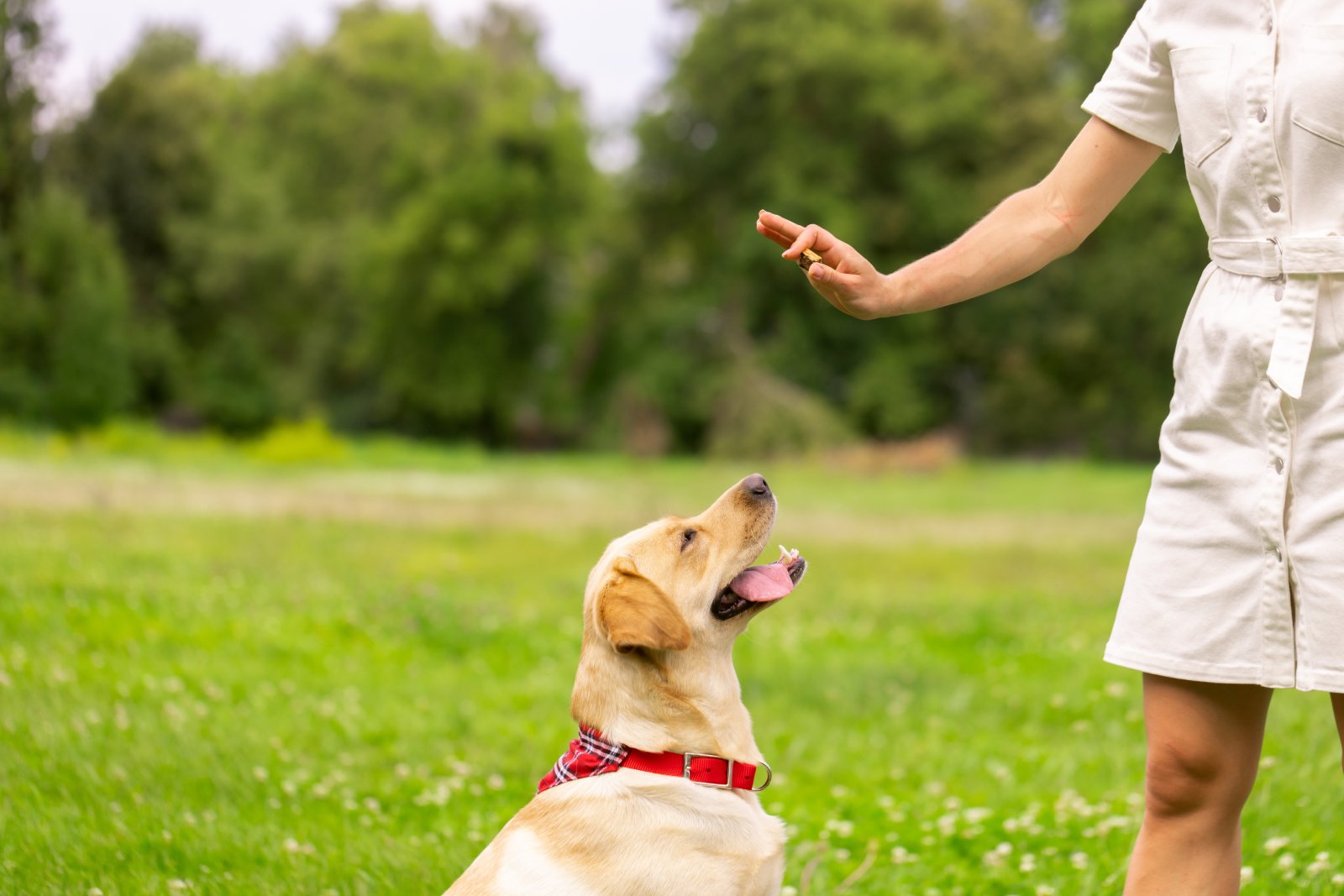
Research consistently shows that dogs respond better to positive reinforcement, improving both their learning and their relationship with their owner.
11. Individualised Training Approaches
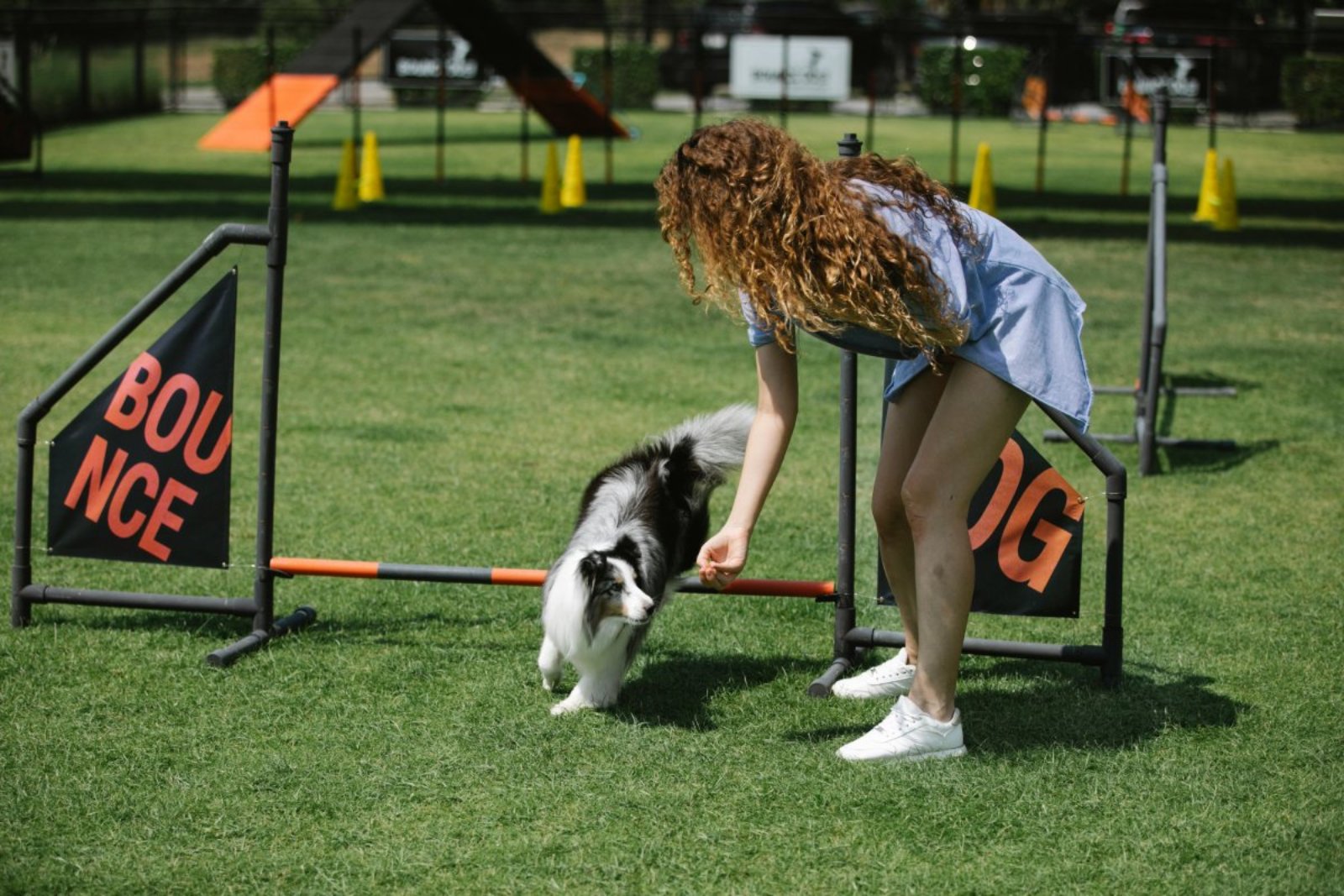
Each dog learns differently. Tailoring training to fit the individual dog’s personality and learning style is more effective than a one-size-fits-all approach.
12. The Role of Socialisation

Proper socialisation reduces the risk of behavioural problems. Dogs need varied and positive experiences during their critical socialisation period, typically up to about 14 weeks old.
13. Choosing the Right Training Environment
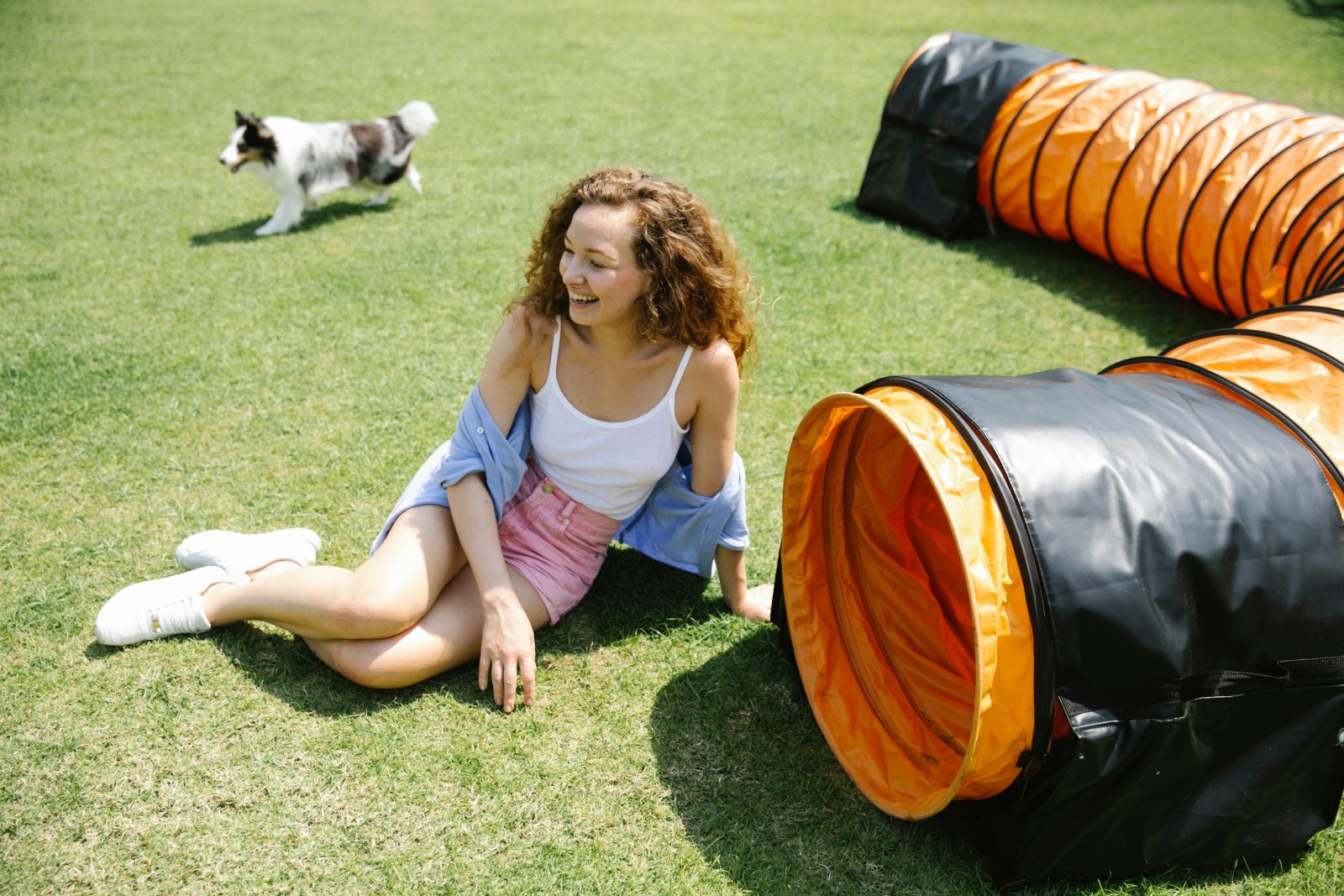
A calm training environment helps dogs learn effectively. High-stress settings can impede learning and lead to negative associations with training.
14. Risks of Over-Restriction
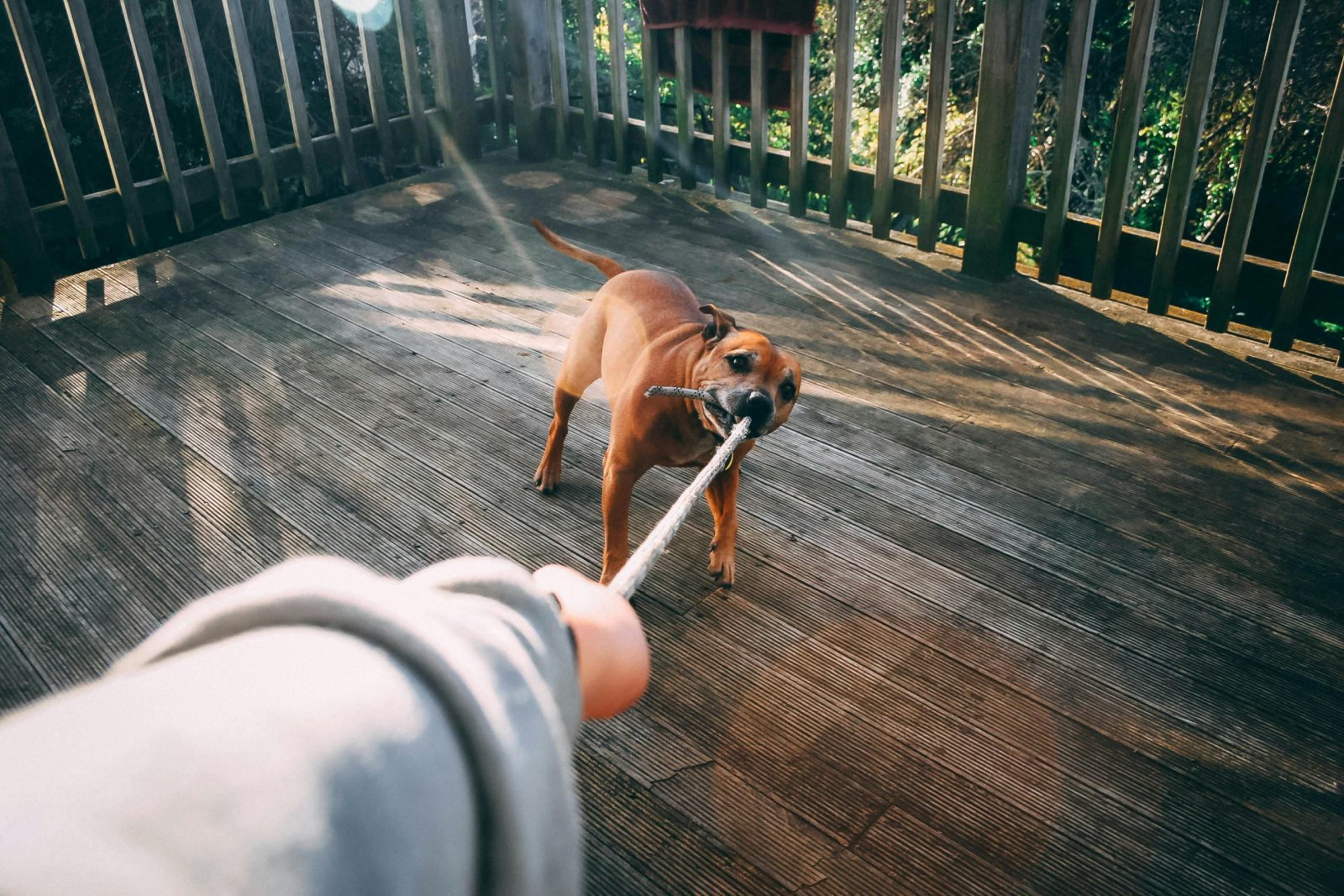
Overuse of physical restraints can cause both physical injuries and psychological distress. Training tools should aid, not control, a dog’s movement.
15. Mental Stimulation Matters
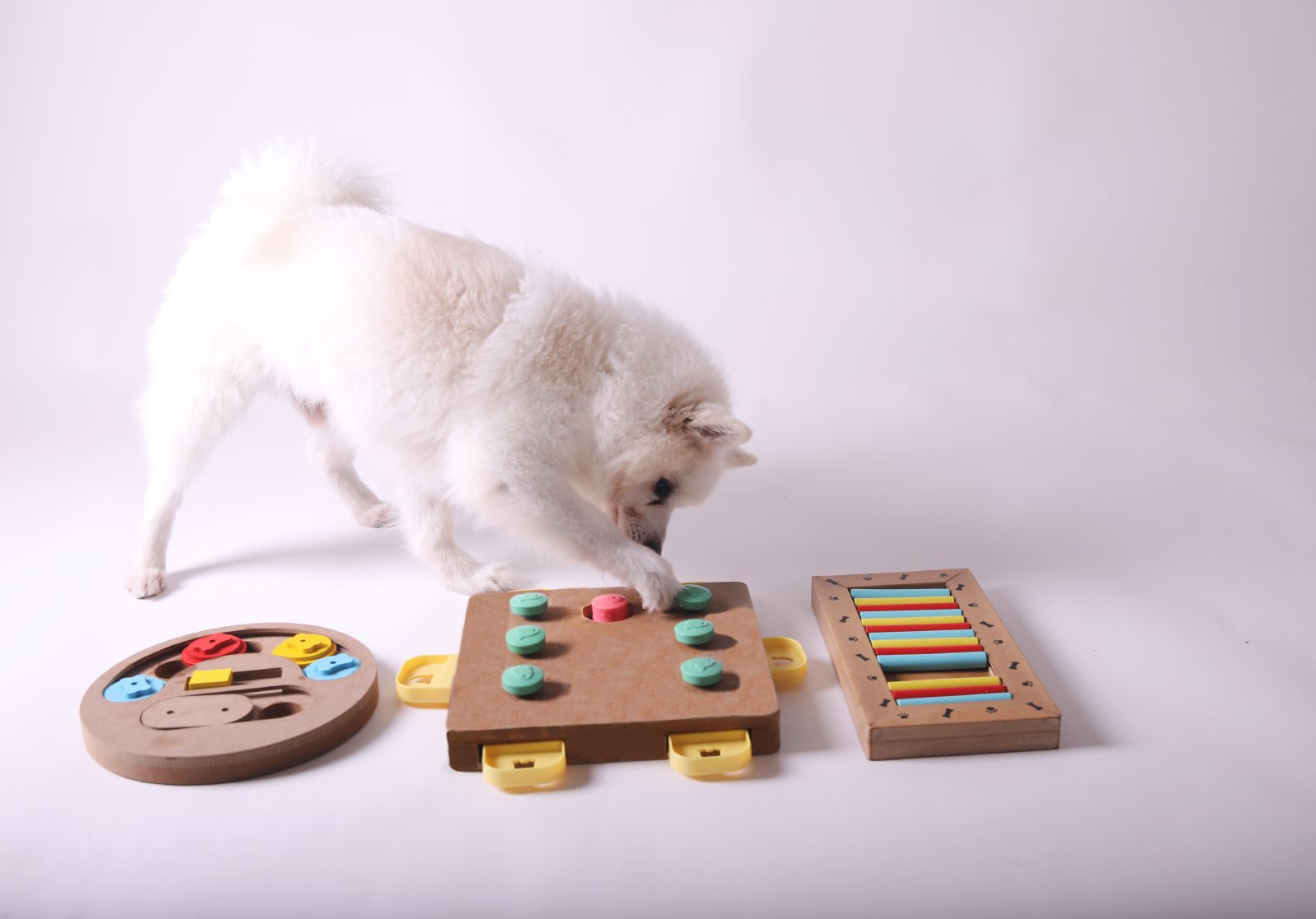
Mental stimulation is as important as physical exercise. Lack of mental engagement can lead to boredom and destructive behaviour.
16. Patience in Training
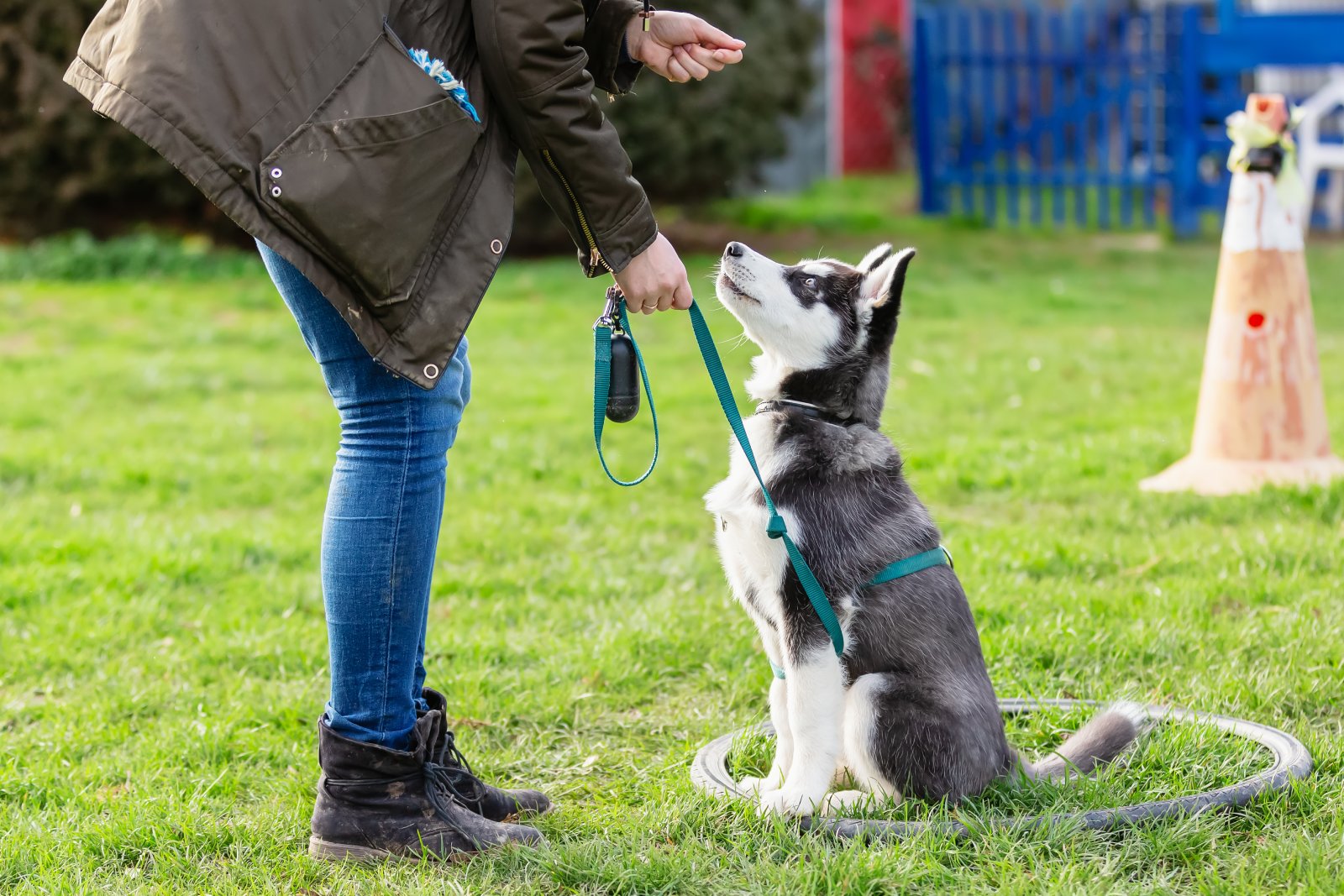
Impatience can stress dogs and slow progress. Training requires patience and understanding that learning takes time.
17. Understanding Natural Behaviours

Punishing natural behaviours like barking without understanding the cause often leads to confusion and anxiety. Understanding why these behaviours occur is key to effectively managing them.
18. Reliance on Training Gadgets
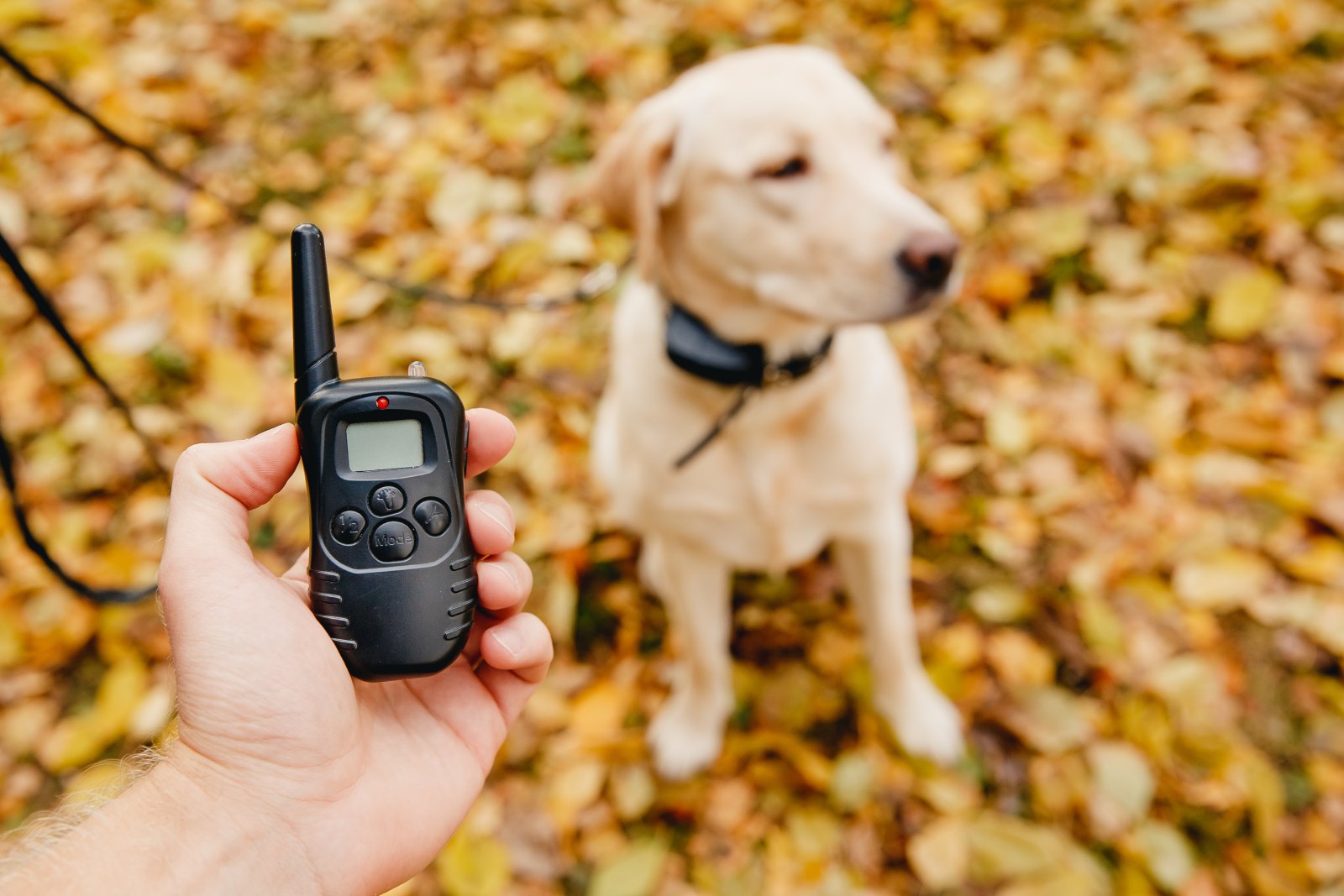
Dependence on gadgets like shock collars can erode the natural learning process. Hands-on training fosters a stronger bond and better communication.
19. The Importance of Emotional Connection
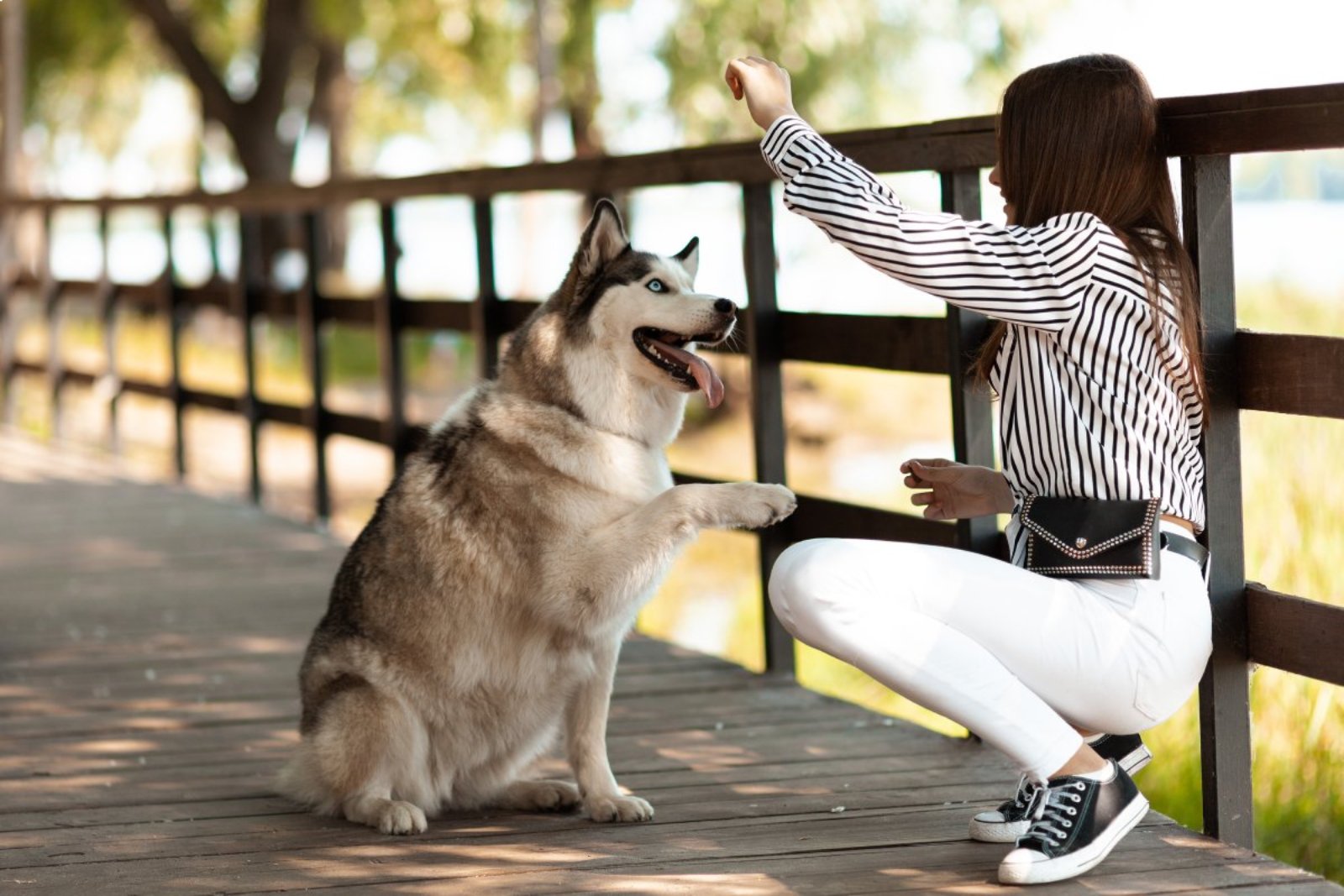
An emotional connection enhances training effectiveness. Dogs are highly social animals and respond to emotional cues from their handlers.
20. Listening to Your Dog
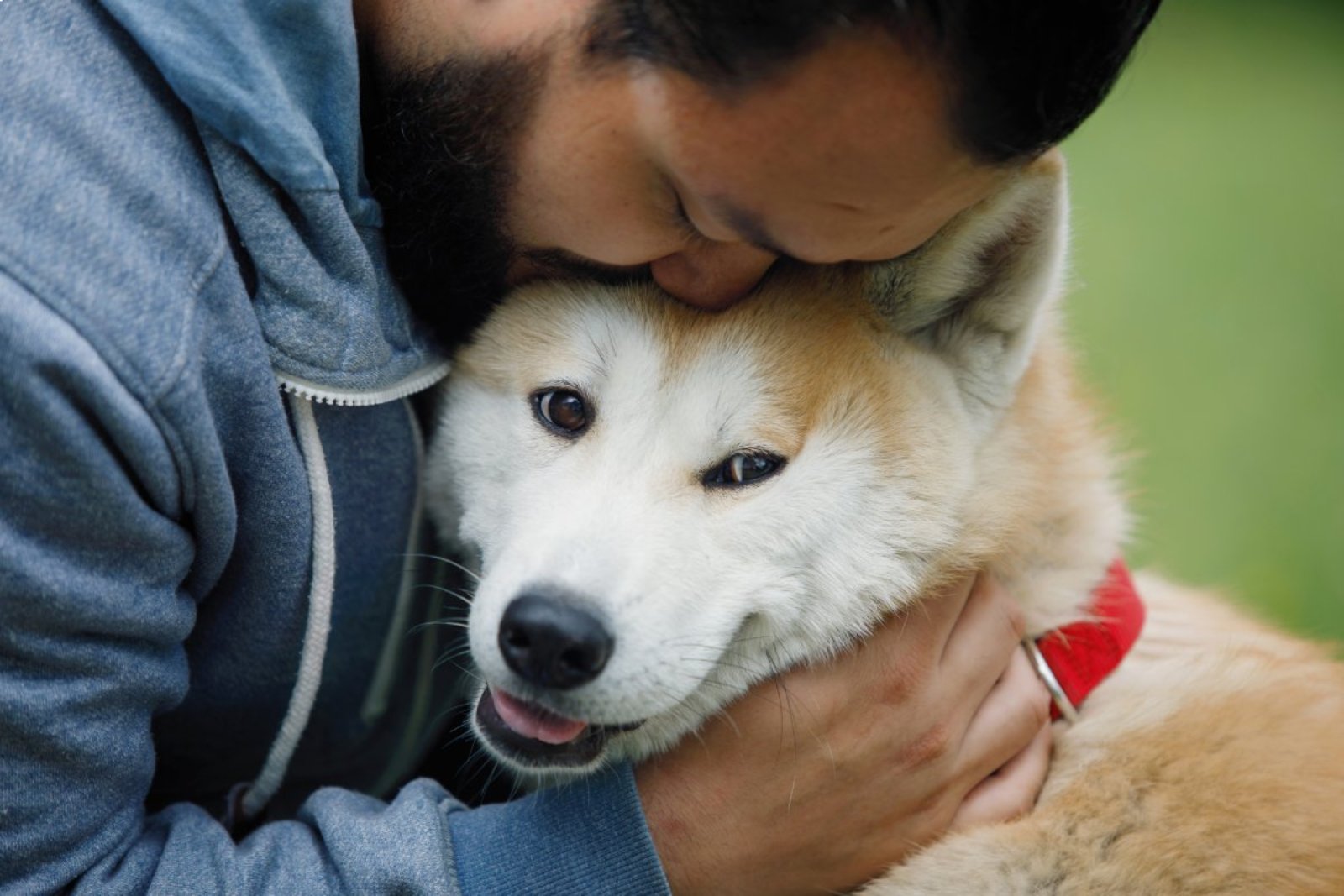
Acknowledging and responding to your dog’s needs and limits is crucial. ‘Listening’ to your dog helps prevent stress and misunderstanding.
Are We Training or Tyrannising?
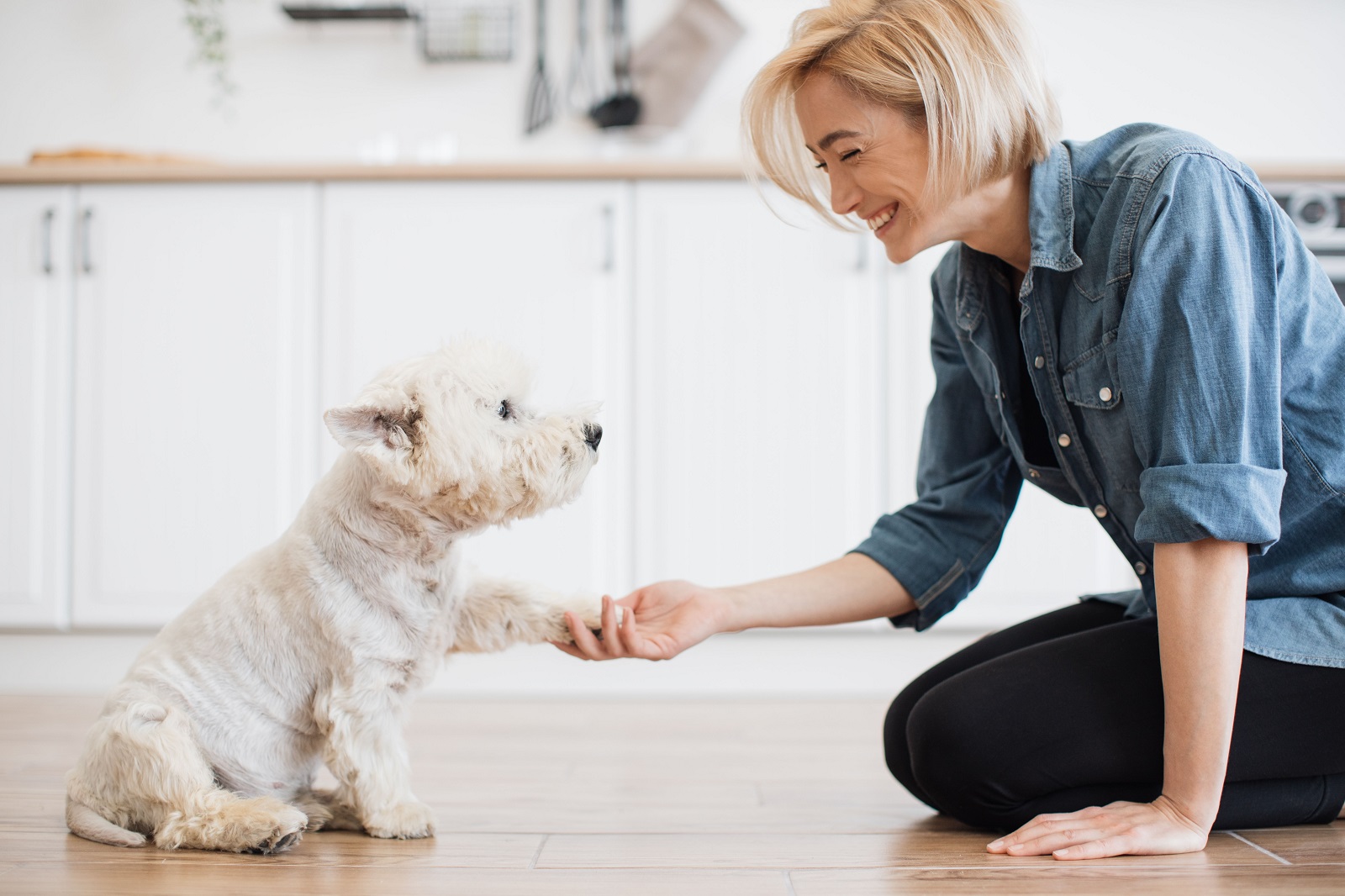
Reflect on your training methods: are they truly in your dog’s best interests or are they merely asserting control? Effective training should enhance, not inhibit, your relationship, fostering a bond built on mutual respect and understanding.
The post Dog Training or Breaking Their Spirit? first appeared on PawShore.
Featured Image Credit: Shutterstock / sergey kolesnikov.
For transparency, this content was partly developed with AI assistance and carefully curated by an experienced editor to be informative and ensure accuracy.

